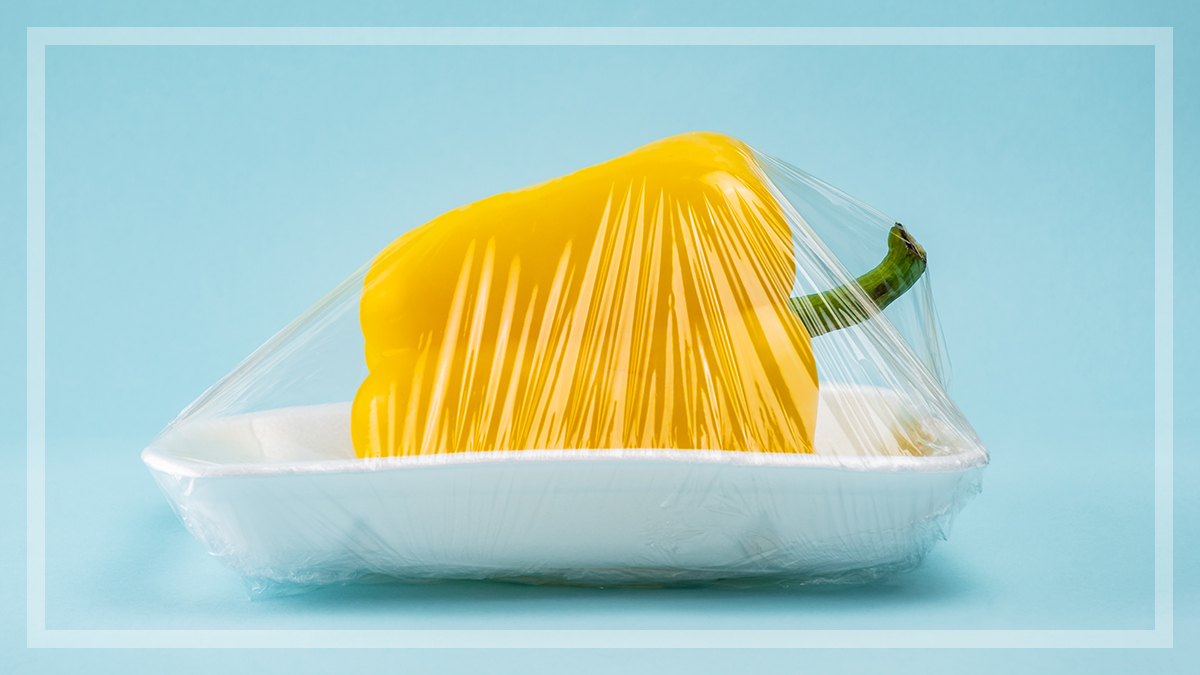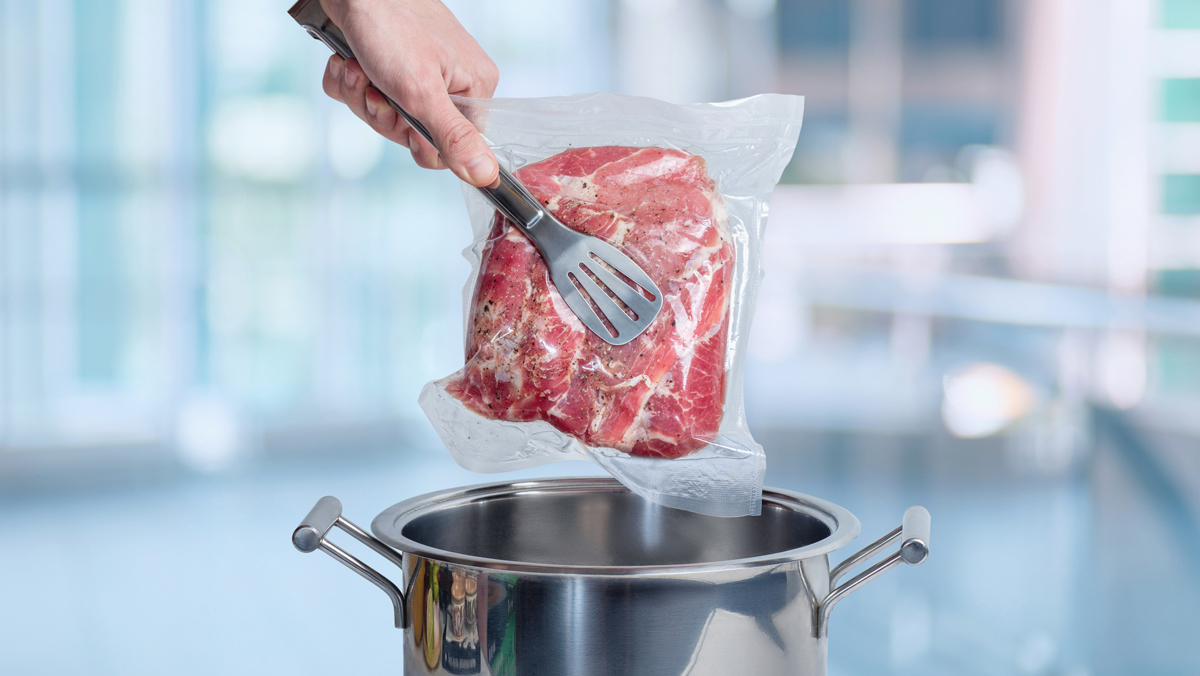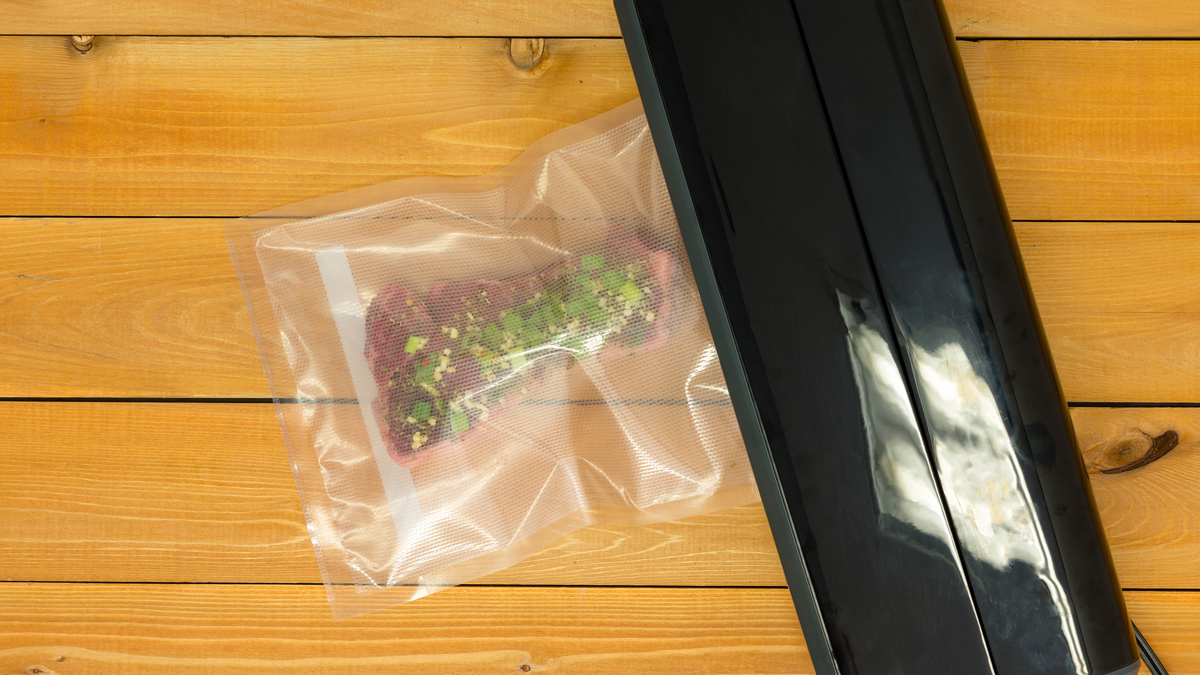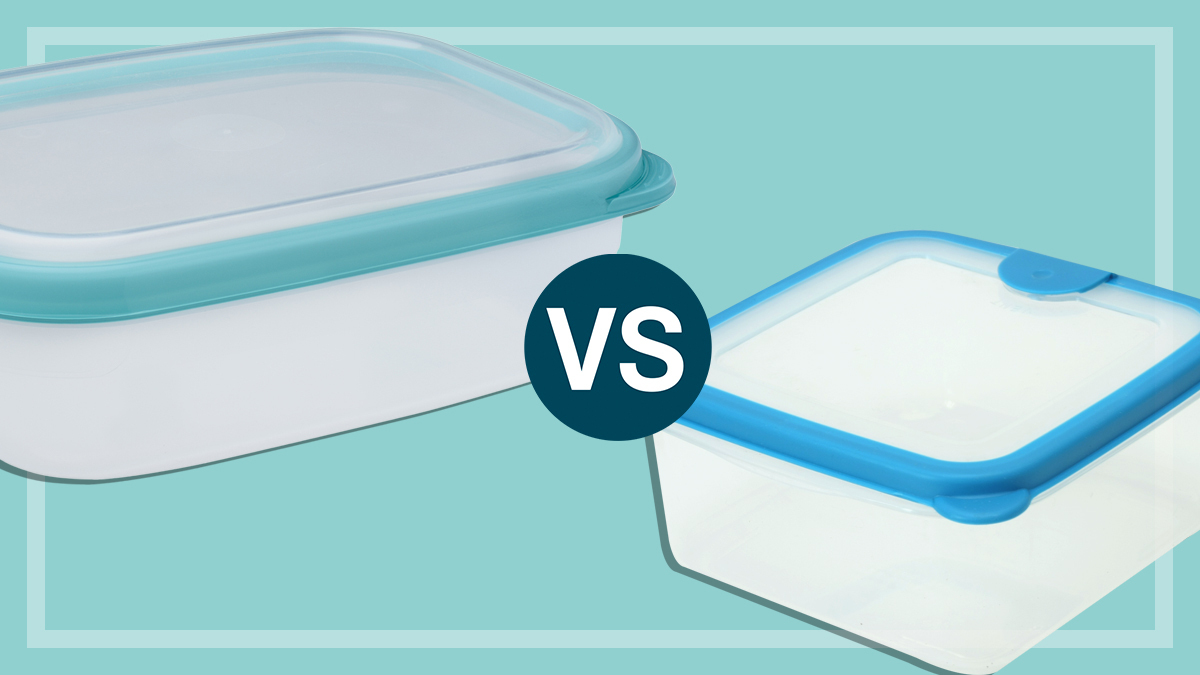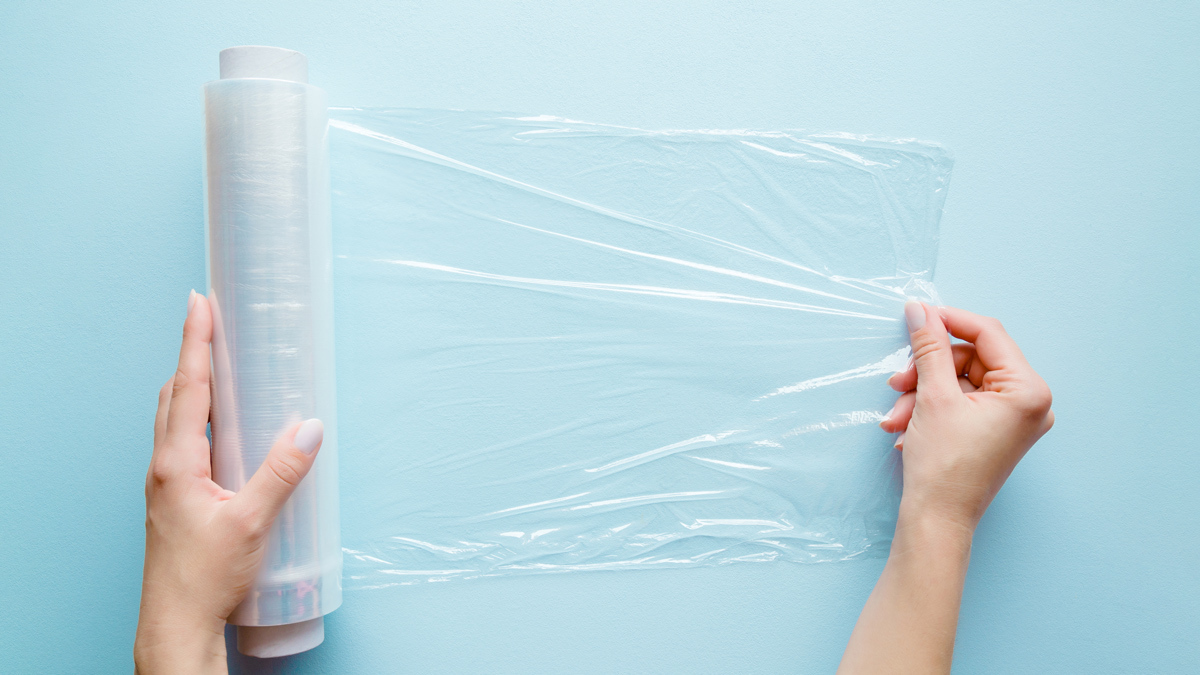Get our independent lab tests, expert reviews and honest advice.
The best and worst eco-friendly cling wraps

If you’re a conscious consumer, you’ve probably been reducing your plastic use as much as possible, and recycling what you can. But there are some products that are hard to give up – and cling wrap is one of them.
The most environmentally friendly approach is to do away with cling wrap altogether and go with reusable options such as beeswax wraps and silicone food covers – but you may just find there are some things that you still want to cover with single-use products.
Some ‘eco’ cling wrap products cost a small fortune and don’t work especially well. Others have vague (and even dubious) claims about their enviro credentials. So what’s an eco-conscious consumer to do?
We tested a range of ‘eco’ cling wraps to see which ones perform and which ones are best avoided. Here’s what we found.
Can you avoid the greenwashing?
As with many products, there’s plenty of greenwashing in the cling wrap category. Companies that only use 50% (or even less) sustainable content in their products are happy to slap a ‘green’ label on them, even though they’re not always that much better for the environment than their petroleum-based counterparts.
The two top-performing ‘eco’ cling wraps in our test weren’t actually all that eco: both Glad to be Green 50% Plant-Based and Multix Plant Based Cling Wrap are made of about half plant-based plastic. The other half is made of good old-fashioned fossil fuel-based plastic.
The two top-performing ‘eco’ cling wraps in our test weren’t actually all that eco
And unfortunately eco claims are difficult to substantiate, and there’s no mandatory standard for these labelling schemes anyway, so it can be difficult to tell what you’re buying.
The best approach is to take all ‘eco’ claims with a grain of salt, make sure you read all the fine print before you buy, and dispose of it properly.
It’s what you do with it that matters
You can buy all the eco-friendly products in the world, but you’re not going to save the planet if you use them incorrectly.
“It’s important to mention that a home compostable cling wrap is only really worth it if you are actually going to dispose of it in your home compost,” says CHOICE household expert Rebecca Ciaramidaro.
“Chucking it away with the rest of your general rubbish has little to no environmental benefit.”
What does ‘compostable’ actually mean?
For products labelled ‘compostable’, you’ll need to check what that means – some need to go through an industrial composting system, whereas others are home compostable.
That’s because biodegradable cling wrap labelled ‘compostable’ will break down faster in a home compost or industrial composting facility, according to CHOICE home economist Fiona Mair. If either of these go into landfill, they can take just as long as other cling wraps to break down.
Read the label carefully
So make sure you read the label carefully before you buy. That way, you can make sure you can dispose of the cling film properly.
Most of the plastic-based cling wraps can be disposed of through the REDcycle program, including the Glad to be Green wrap and the Multix Greener wrap.
Ease of use: how to handle this sticky situation
There’s a fine line between cling film that’s just sticky enough and cling film that’s so sticky it perpetually sticks to itself so you can’t use it.
Fiona found that the main thing separating the plastic-based wraps from the plant-based wraps is how easy they are to use.
The main thing separating the plastic-based wraps from the plant-based wraps is how easy they are to use
“The eco-friendly cling wraps performed as well as some of the regular cling wraps when it came to sealing and heating, and the Great Wrap actually outperformed all cling wraps for this,” Fiona says.
“However, when it came to ease of use such as opening, dispensing, cutting and condition of packaging, it was a big disappointment.”
Is a separate dispenser the answer?
If you’re keen to commit to plant-based cling wrap but don’t want to deal with the frustration of cling wrap that sticks to itself, you could try buying a separate cling wrap dispenser.
“Plant-based cling wrap can be quite sticky, so a dispenser that will keep the plastic from clinging back on itself is something to look for,” says Fiona.
“Being able to pull the cling wrap out using two hands will prevent the cling wrap from tearing in the wrong places.”

Top-scoring eco-friendly cling wraps from our test
These ‘eco’ cling wraps received the highest overall scores in our expert testing. Bear in mind, though, that not all eco products are equally eco-friendly: the top two performers in this category are only about 50% plant-based, with the remainder coming from petroleum-derived plastics.
Glad to be Green 50% Plant Based Cling Wrap
- CHOICE Expert Rating: 79%
- Performance score: 80%
- Eco claims: 50% bio-based plastic, 50% fossil fuel plastic.
Multix Plant Based Cling Wrap
- CHOICE Expert Rating: 78%
- Performance score: 83%
- Eco claims: contains no PVC or plasticisers, 45% renewable sugar cane based, BPA free.
Great Wrap Home Compostable Cling Wrap
- CHOICE Expert Rating: 76%
- Performance score: 90%
- Eco claims: potato waste and a mix of other compostable biopolymers, certified compostable.

Worst eco-friendly cling wraps
These ‘eco’ cling wraps were the lowest scoring in our expert testing. Although some of them performed well in terms of sealing, adherence and re-sealing, our expert tester found many of them difficult to use.
It’s worth noting, too, that the Ecoduz and Bio Tuff cling wraps were the two most expensive in our test, showing that price is no indicator of performance.
SugarWrap Eco Cling Wrap 100% Compostable
- CHOICE Expert Rating: 65%
- Performance score: 75%
- Eco claims: corn-based PLA, 100% home compostable.
Bio Tuff Compostable Cling Wrap
- CHOICE Expert Rating: 65%
- Performance score: 75%
- Eco claims: biodegradable and compostable, manufactured using renewable sources, plant-based thermoplastic corn-starch resins.
Ecoduz Compostable Cling Wrap
- CHOICE Expert Rating: 67%
- Performance score: 78%
- Eco claims: made from PLA and PBAT, BPA free, certified commercially compostable (EN13432).

